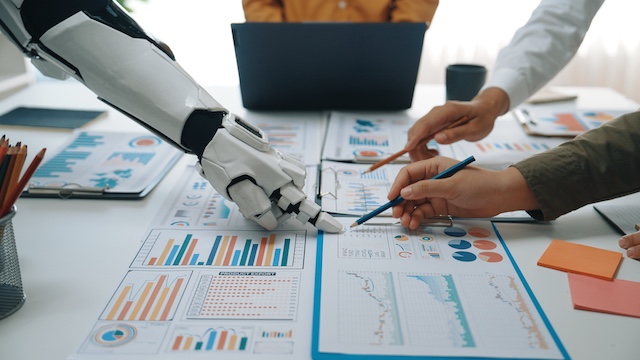What is Indirect Compensation?
Indirect compensation refers to non-monetary benefits provided by employers to employees as part of their overall compensation package. Unlike direct compensation, which includes salaries, wages, and bonuses, indirect compensation encompasses perks such as health insurance, retirement plans, paid time off, professional development opportunities, and other workplace benefits. These offerings are designed to enhance the employee experience, provide security, and support work-life balance. While not immediately visible as cash, indirect compensation contributes significantly to an employee’s overall job satisfaction and financial well-being.
Why is Indirect Compensation Important in the Workplace?
Indirect compensation is a critical element of a competitive compensation strategy, helping employers attract, motivate, and retain talent. Benefits like health insurance, wellness programs, and flexible work arrangements can improve employees’ physical and mental health, leading to increased productivity and reduced absenteeism. Moreover, offering robust indirect compensation shows that an organization values its workforce, which fosters loyalty and engagement. For employees, these benefits provide additional financial security and work-life balance, making a job more appealing and sustainable in the long term. Organizations that prioritize indirect compensation often enjoy higher employee morale and a stronger employer brand.
Real-World Examples of Indirect Compensation
Many companies use indirect compensation as a strategic tool to differentiate themselves in competitive job markets. For example, tech giants like Google and Meta offer extensive perks, such as on-site fitness centers, free meals, and generous parental leave policies, to attract top-tier talent. In other industries, companies may focus on benefits like tuition reimbursement programs, employee stock options, or comprehensive healthcare plans. Additionally, small businesses often prioritize flexibility by offering remote work opportunities or flexible schedules as part of their indirect compensation. These examples highlight how tailored benefits can meet the unique needs of different workforces while contributing to organizational success.
Types of Indirect Compensation Benefits
Indirect compensation encompasses a broad spectrum of benefits that support employees both inside and outside the workplace. Common categories include:
-
Health and wellness benefits: Medical, dental, vision insurance, mental health resources, wellness stipends, and fitness memberships.
-
Retirement and financial planning: 401(k) plans, employer contributions, pension programs, and financial wellness tools.
-
Work-life balance perks: Paid time off (PTO), parental leave, flexible work hours, and remote/hybrid work options.
-
Career development opportunities: Tuition reimbursement, certification support, conference attendance, and mentoring programs.
-
Lifestyle and convenience benefits: Commuter assistance, child care subsidies, legal services, and employee discounts.
Employers can mix and match these types based on workforce demographics, industry norms, and budgetary considerations to design attractive and relevant benefit packages.
How Indirect Compensation Impacts Recruitment and Retention
In today’s candidate-driven market, indirect compensation can be a deciding factor for job seekers evaluating multiple offers. A strong benefits package helps employers stand out by addressing candidates’ long-term personal and professional needs. During retention efforts, indirect compensation contributes to a sense of stability and appreciation, reducing the likelihood of turnover. Employees who feel supported through wellness initiatives, flexible schedules, and development opportunities are more likely to stay engaged and loyal. As such, a well-structured indirect compensation program not only enhances the employee experience but also serves as a strategic talent management tool.
Measuring the ROI of Indirect Compensation Programs
Although indirect compensation doesn’t appear as a line item on a paycheck, its return on investment (ROI) can be substantial. Employers can measure impact through metrics such as employee retention rates, engagement scores, absenteeism, productivity, and healthcare cost savings. For example, companies that invest in mental health support or flexible work policies often see reduced burnout and improved performance. Surveys and feedback tools also help assess how employees perceive the value of their benefits. By analyzing usage patterns and outcomes, organizations can refine their offerings and ensure that indirect compensation aligns with both employee needs and business goals.




